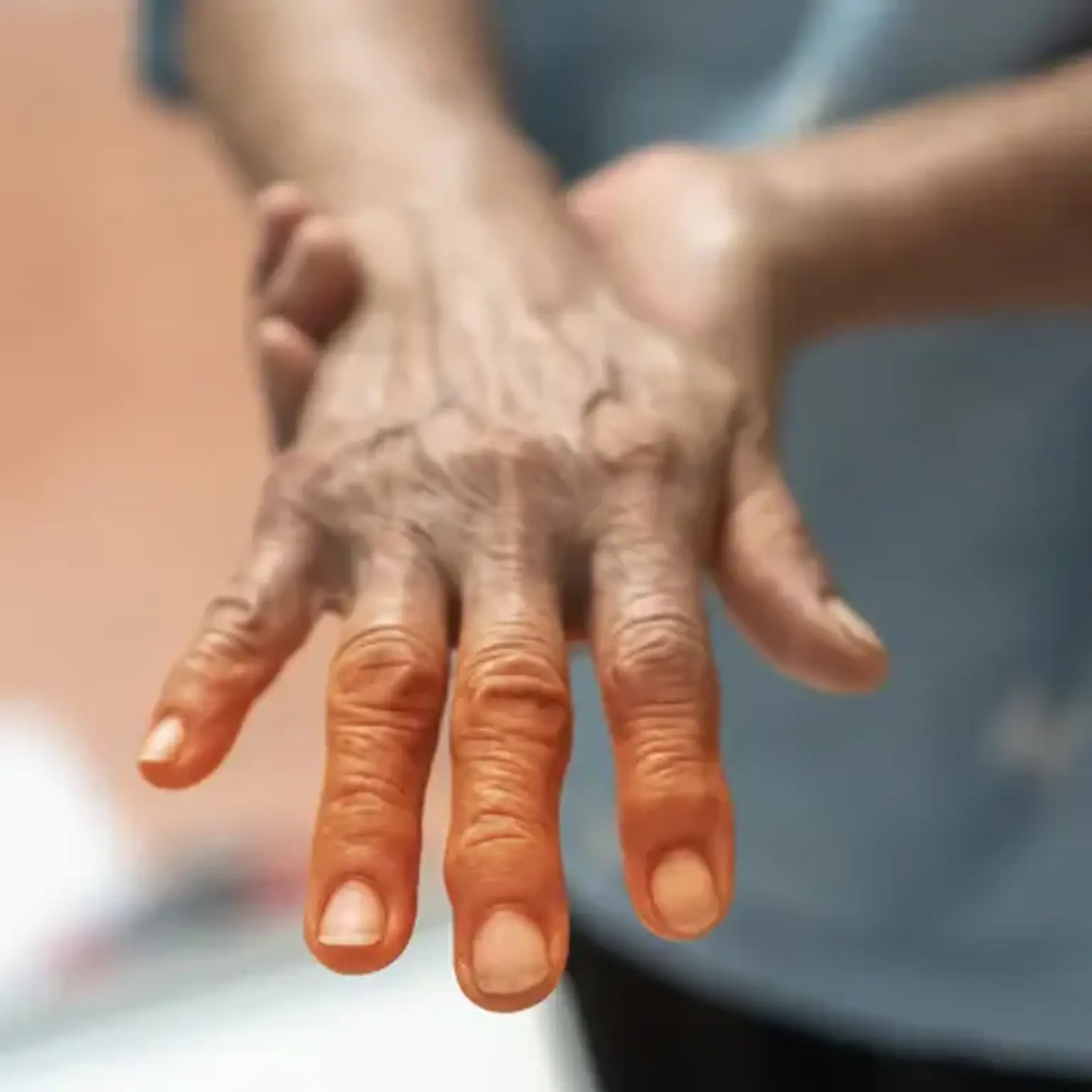Peripheral nerve disease
Overview
Peripheral neuropathy refers to a variety of conditions caused by damage to the peripheral nervous system, the vast communication network that sends signals between the central nervous system (the brain and spinal cord) and the rest of the body. Many types of sensory information are sent to the central nervous system (CNS) by peripheral nerves, such as a message that the feet are cold. They also transmit information from the CNS to the rest of the body.
The signals to the muscles that instruct them to contract, which is how we move, are the most well-known, but there are other sorts of signals that help govern everything from our heart and blood vessels to digestion, urine, and sexual function, as well as our bones and immune system. Peripheral nerves are analogous to the wires that link the various elements of a computer or the Internet. Complex functions can come to a standstill if they fail.
